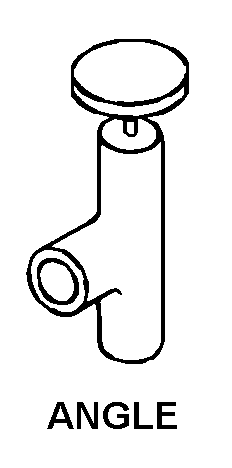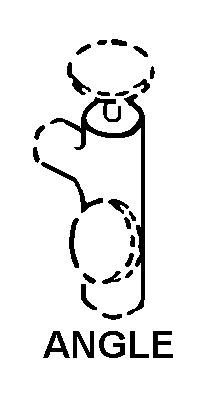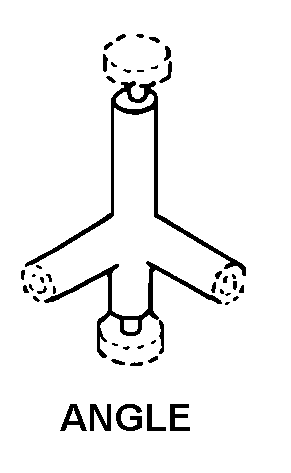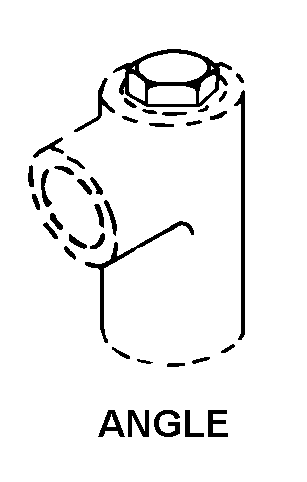4820004321670
Price Quote Get an up to date pricing and availability quote for this product. Order online or over the phone.
Quality Commitment
Serving our customers with quality and safety first.
- AS9120 Certified
- Audited supply chain
- ITAR Registered
- DDTC Registered
- HAZMAT Certified
- Customer service objectives
- Every product 100% inspected

4820-00-432-1670 Specification Set by the OEM (see RNCC code 3)
1.250in. all ends
disk
outside SCREW-Yoke
bolted
775.0 deg fahrenheit single response
socket (pipe) all ends
manual
unthreaded internal pipe all ends
horizontal or vertical
bonnet packing
600.0 pounds per square inch single response
valve size 1.250 in.
steel corrosion resisting stem
astm A105, grade 2 assn std single material response body
steam single response
angle
81349-MIL-S-901 specification (includes engineering type bulletins, brochures, etc., that reflect specification type data in specification format; excludes commercial catalogs, industry directories, and similar trade publications, reflecting general type data on certain environmental and performance requirements and test conditions that are shown as "typical", "average", "", etc.) .
d composition
Cross Reference Parts Part numbers that meet the specification outlined on this page and set by the OEM
Identification Item Identification Guide (IIG) and Item Name Code (INC)





Definition Definition of approved item name (AIN): "VALVE,STOP-CHECK"
A valve with a bolt or stem that may be mechanically actuated to two different positions by rotary or linear motion. In the first position, the valve disk is located and locked against the seat permitting no fluid flow through the valve. In the second position, one side of the valve disk is located against the seat permitting movement of the disk in a manner that will allow a flow of fluid in one direction through the valve. The valve disk may be spring loaded. It may be inline or cartridge (manifold) design. See also valve (1), lift-check and valve (1), stop-lift-check.
4820-00-432-1670 Material Hazmat, Precious Metals, Criticality, Enviroment, and ESD
Indicates there is no data in the hmirs and the nsn is in a fsc not generally suspected of containing hazardous materials.
Item does not contain precious metal.
Represents items with no adp components
The item does not have a nuclear hardened feature or any other critical feature such as tolerance, fit restriction or application.
Identification Codes
HMIC: Hazardous Material Indicator Code. A one position code that identifies a hazardous item.
PMIC: Precious Metal Indicator Code. A one position code which identifies items that have precious metals as part of their content. precious metals are those metals generally considered to be uncommon, highly valuable, and relatively superior in certain properties such as resistance to corrosion and electrical conductivity.
ESD: Electrostatic Discharge. Indicates if an item is susceptible to electrostatic discharge or electromagnetic interference damage. electrostatic discharge damage occurs when an accumulation of static electricity generated by the relative motion or separation of materials is released to another item by direct contact. electromagnetic interference damage occurs when an item comes into proximity with an electrostatic or magnetic field.
ENAC: Enviromental Attribute Code. Identifies items with environmentally preferred characteristics.
CRITL: Criticality Indicator Code. Indicates an item is technically critical by tolerance, fit, application, nuclear hardness properties, or other characteristics.






